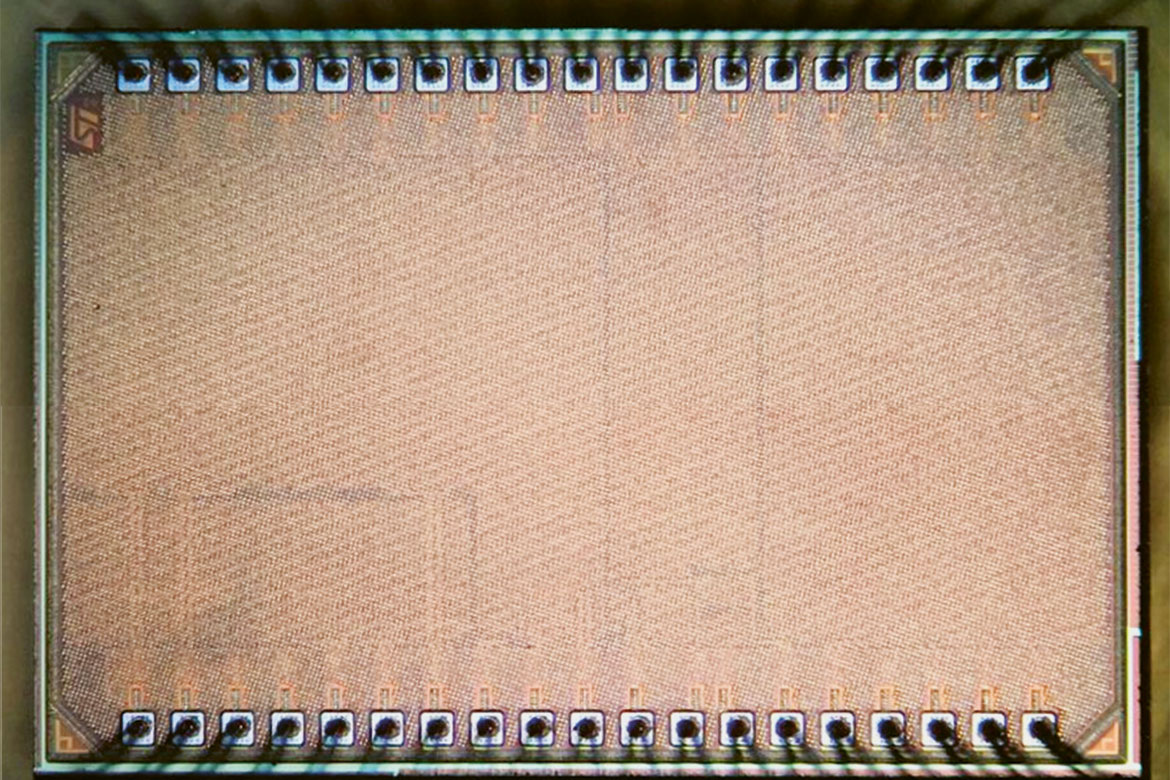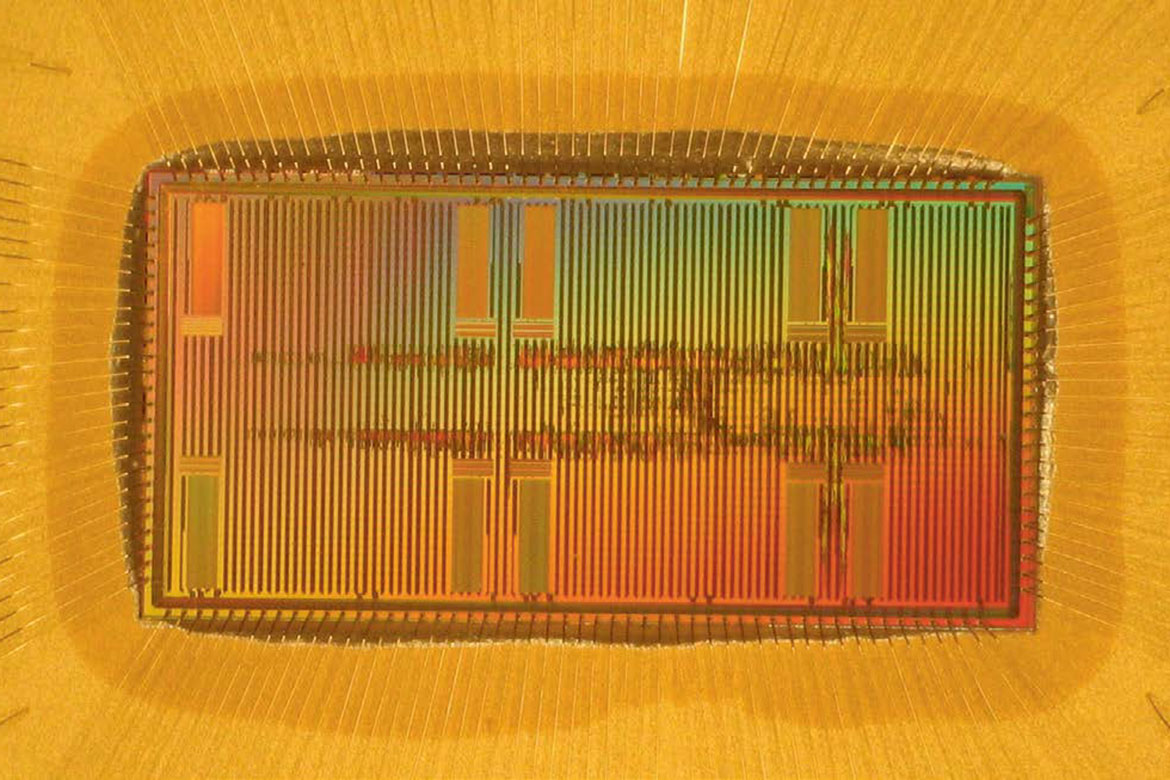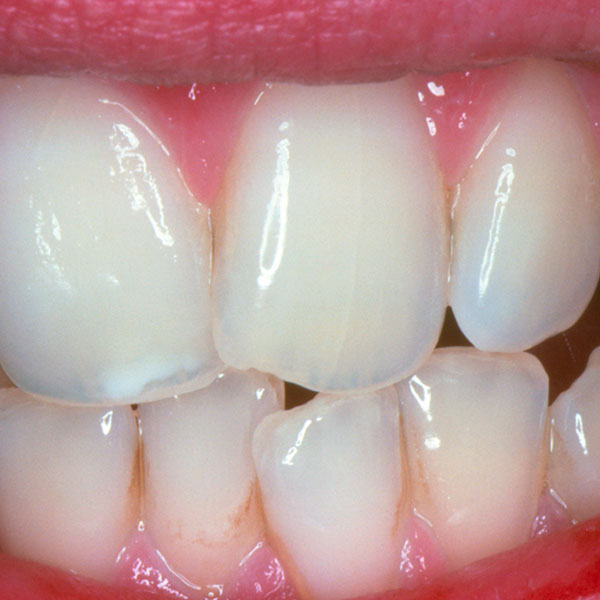Meet the chips behind 5G’s polar codes
With the widespread acceptance of mobile telephony, data has left behind the cable in favour of travelling through the air. But this form of data transmission is not flawless. Interference occurs when there is signal noise. To overcome this, phone companies have long been using the data redundancy principle. Every smartphone contains computer code that sorts and compares the multiple versions of the original signal and uses them to patch any gaps. In 2018 we’ll see 5G networks being rolled out featuring a new generation of corrector code, known as polar codes. This coding has been in the pipeline for a little less than ten years now, and EPFL researchers are just putting the finishing touches to two integrated circuits that will run it quickly and efficiently. The first chipset focuses on pure processing speed, the second on saving energy. According to Andreas Burg, the director of EPFL’s Telecommunication Circuits Laboratory (TCL) and lead researcher, this technology is crucial, as polar codes will be able to regulate the amount of redundancy needed on the fly. In other words, when there’s few gaps in the data signals being received, the number of redundant signals will be reduced and the speed of transmission increased. Consequently, there’s also a reduction in the need for processing on the device and hence also energy. All of which means better battery life. “The protocols in our devices today have been upgraded constantly for more than twenty years, but polar codes already match the performance of their predecessors with a year still to go before going industrial”, says Burg. “But then, they’ll also be upgraded for the twenty years to come before reaching their full potential”. P. Giard et al.: PolarBear: A 28-nm FD-SOI ASIC for Decoding of Polar Codes. IEEE Journal on Emerging and Selected Topics in Circuits and Systems (2017) CC BY-NC-ND

Ready for your new cell phone? A chip with two circuits will be standard in 5G. | Image: TCL EPFL
With the widespread acceptance of mobile telephony, data has left behind the cable in favour of travelling through the air. But this form of data transmission is not flawless. Interference occurs when there is signal noise. To overcome this, phone companies have long been using the data redundancy principle. Every smartphone contains computer code that sorts and compares the multiple versions of the original signal and uses them to patch any gaps. In 2018 we’ll see 5G networks being rolled out featuring a new generation of corrector code, known as polar codes. This coding has been in the pipeline for a little less than ten years now, and EPFL researchers are just putting the finishing touches to two integrated circuits that will run it quickly and efficiently.
The first chipset focuses on pure processing speed, the second on saving energy. According to Andreas Burg, the director of EPFL’s Telecommunication Circuits Laboratory (TCL) and lead researcher, this technology is crucial, as polar codes will be able to regulate the amount of redundancy needed on the fly. In other words, when there’s few gaps in the data signals being received, the number of redundant signals will be reduced and the speed of transmission increased. Consequently, there’s also a reduction in the need for processing on the device and hence also energy. All of which means better battery life.
“The protocols in our devices today have been upgraded constantly for more than twenty years, but polar codes already match the performance of their predecessors with a year still to go before going industrial”, says Burg. “But then, they’ll also be upgraded for the twenty years to come before reaching their full potential”.
P. Giard et al.: PolarBear: A 28-nm FD-SOI ASIC for Decoding of Polar Codes. IEEE Journal on Emerging and Selected Topics in Circuits and Systems (2017)




